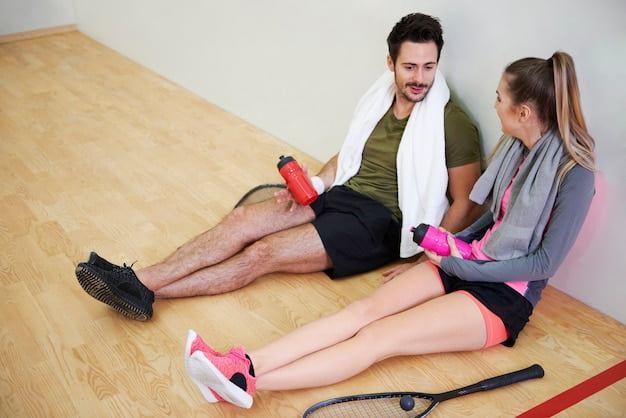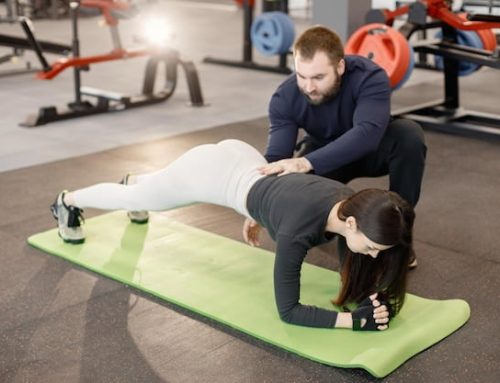Introduction
Sports-specific training is a type of training that is designed to cater to the demands of a particular sport. The training aims to improve an athlete’s performance in their particular sport by focusing on the movements that are specific to that sport. This type of training has been proven to be effective in improving an athlete’s performance, reducing the risk of injuries, and enhancing the athlete’s overall physical fitness.
What are sport-specific movements?
Sport-specific movements are the particular movements and actions that athletes perform during their chosen sport. These movements can include everything from throwing a ball to tackling an opponent. Sport-specific movements require the athlete to develop specific skills that are only used in that particular sport. For example, a basketball player needs to have good hand-eye coordination, while a soccer player needs to have good footwork and agility.
Benefits of sport-specific training
The benefits of sport-specific training are numerous. One of the main benefits is that it helps athletes improve their performance in their particular sport. By focusing on the movements that are specific to their sport, athletes can develop the skills they need to excel in their sport. Additionally, sport-specific training can help reduce the risk of injury by strengthening the muscles that are used in the specific movements of that sport.
Examples of sport-specific training
There are different types of sport-specific training that athletes can undertake. Here are some examples:
| Training type | Description |
| Weight training | Lifting weights can help athletes build the strength they need to perform the specific movements of their sport. |
| Plyometric training | Plyometric exercises can be used to develop explosive power, which is important in sports like basketball, soccer, and track and field. |
| Agility training | Agility training can improve an athlete’s reaction time, quickness, and coordination, which are important in sports like football and soccer. |
| Ball handling drills | Ball handling drills can help athletes improve their handling skills, which are important in sports like basketball and football. |
How to design a sport-specific training program
Designing a sport-specific training program requires a thorough understanding of the specific movements of the sport. The first step is to identify the specific movements that are used in the sport and the muscles that are involved. Once this has been done, the training program can be designed to target those specific muscles and movements. The program should also include warm-up and cool-down exercises to reduce the risk of injury.
Challenges of sport-specific training
One of the challenges of sport-specific training is that it can be difficult to design a program that caters to the needs of all athletes. Every athlete is different, and their training needs will be different too. Another challenge is that sport-specific training can be very demanding on the body, and athletes need to take care to avoid overtraining and injuries.
Conclusion
Sport-specific training is an essential part of an athlete’s training program. By focusing on the movements that are specific to their sport, athletes can improve their performance, reduce their risk of injury, and enhance their overall physical fitness. Designing a sport-specific training program requires a thorough understanding of the specific movements of the sport, and care should be taken to avoid overtraining and injuries.






